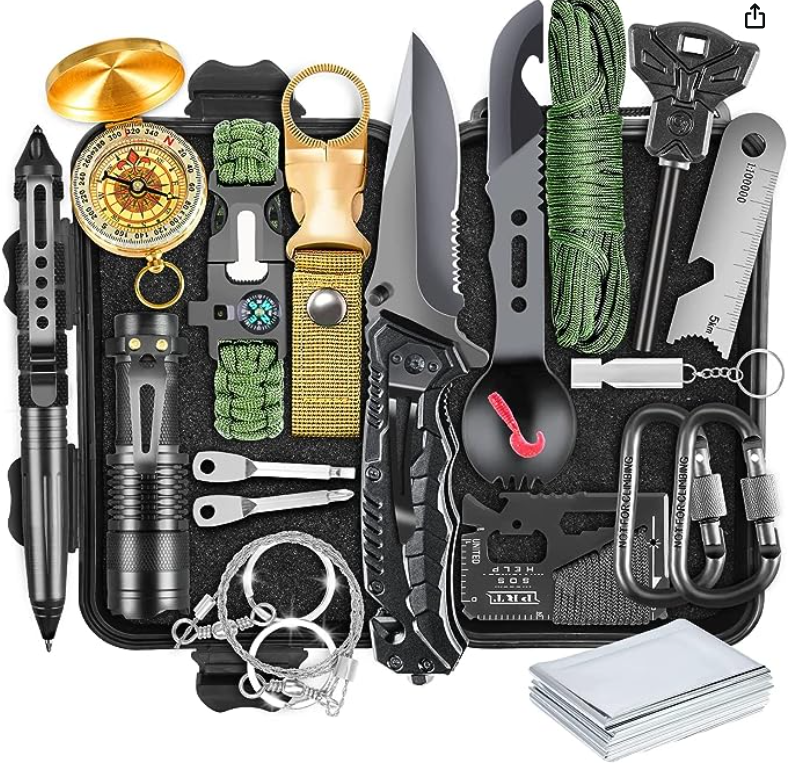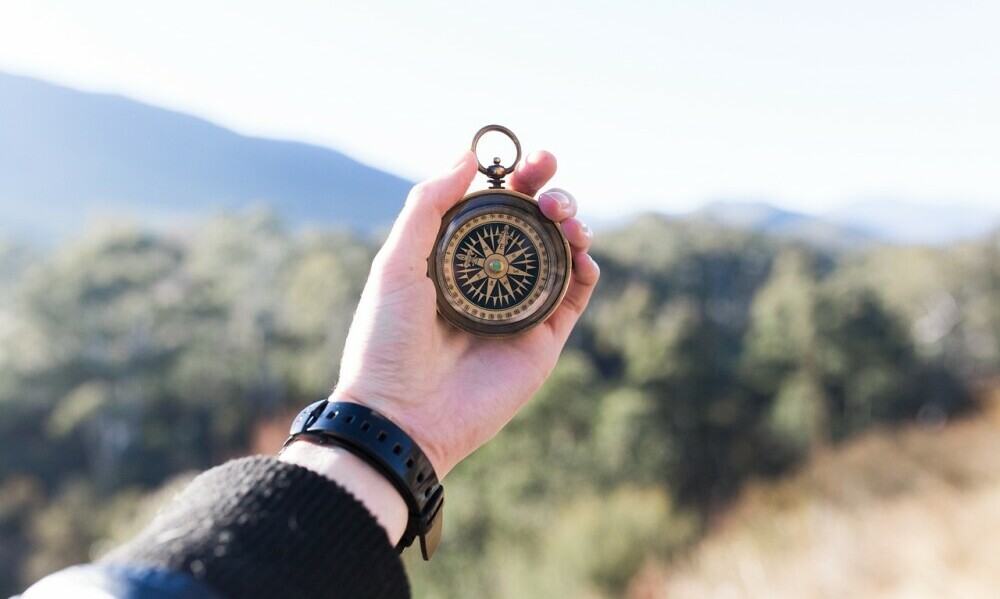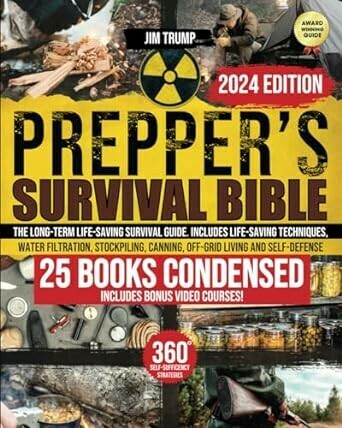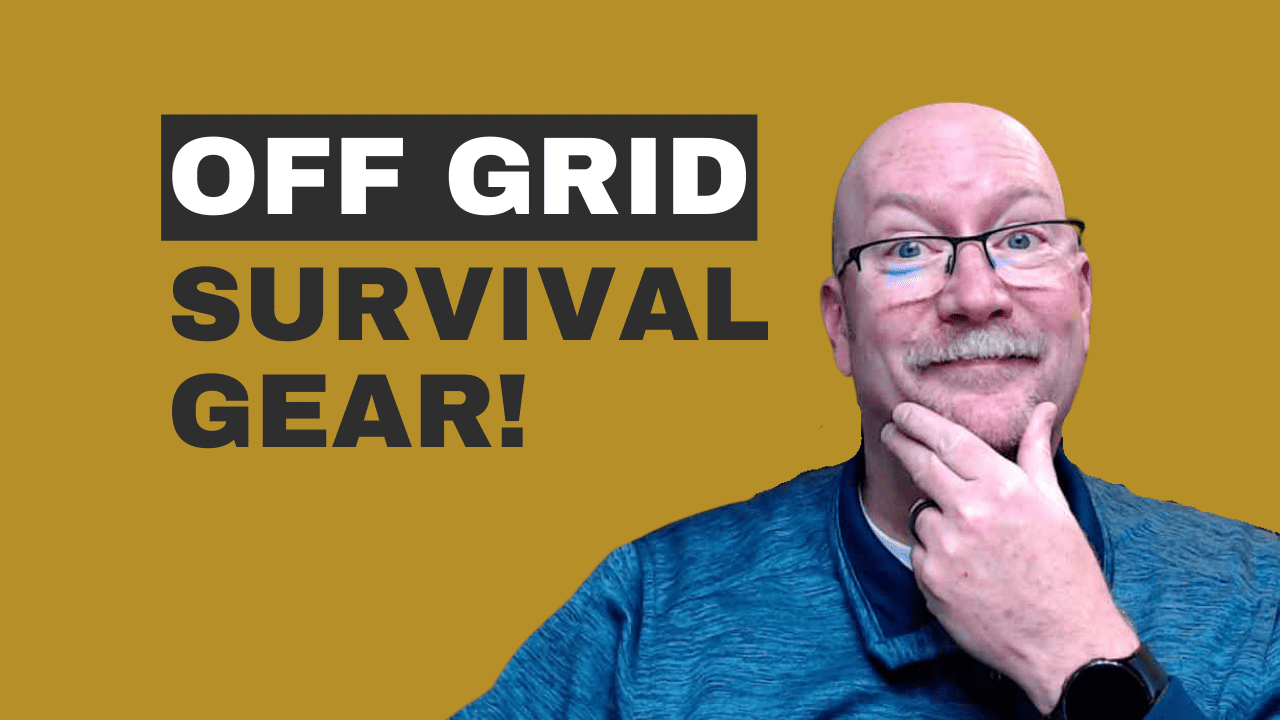I’m going to introduce you to the world of off-grid survival, explaining what it is and why it matters today. Off-grid survival isn’t just about braving the wilderness; it’s also about cultivating the skills and mindset needed for self-sufficiency in any situation. With the growing interest in sustainable living, understanding off-grid basics has never only been about ‘surviving’ in the traditional sense; it’s becoming an informed choice for many seeking independence from mainstream systems.
Table of Contents
- Essential Gear for Off-Grid Survival: Tools and Equipment
- Building Your Off-Grid Survival Kit: Practical Tips and Recommendations
- Frequently Asked Questions
In my experience, the drive towards off-grid survival often stems from a desire for independence and self-reliance. Whether it’s preparing for natural disasters, economic uncertainties, or simply wanting to disconnect and live closer to nature, these skills empower you to take control of your own fate. The capacity to provide for your basic needs without relying on external infrastructures can be lifesaving.
Survival situations can sneak up on you, whether it’s getting lost on a hike, facing severe weather conditions, or dealing with power outages from storms. That’s why I believe in the importance of being prepared for the unexpected. By doing so, you’re not only safeguarding yourself but also easing the load on rescue and aid services in times of crisis.
So, what’s the balance? It comes down to securing the essentials: access to clean water, reliable shelter, sufficient food, and personal security. Each component is critical, and knowing how to manage these resources effectively is the essence of off-grid preparedness.
As we dive deeper into the realm of off-grid survival gear in the next section, we’ll look at how to prioritize these essentials through strategic gear selection. Choosing the right equipment isn’t a luxury—it’s a necessity for anyone serious about off-grid living. Let’s walk through the must-haves and shed light on some innovative tools that can help you maintain a self-sufficient lifestyle, no matter where you are.
Essential Gear for Off-Grid Survival: Tools and Equipment
When it comes to gearing up for off-grid survival, you’re going to want to focus on items that are going to help you thrive, not just survive. The key is to prioritize gear that addresses the fundamental needs of shelter, water, food, and security.

Durability and reliability should be at the forefront when selecting your equipment. The last thing you want is gear failing when you need it most. Invest in quality items that have a reputation for withstanding harsh conditions.
Don’t overlook the value of multi-functional tools. They save space and can be lifesavers in emergency situations. A sturdy knife, for example, is much more than a cutting tool; it can be used for food preparation, as a makeshift screwdriver, and even for medical emergencies.
Technological advancements are also making their way into off-grid gear. Solar-powered chargers and water purifiers, for example, harness natural energy to keep you connected and hydrated. Take a look at some of the latest innovations that could give you an edge in the wild.
However, it’s not just about having the right gear; knowing how to maintain and repair your equipment is equally important. A basic repair kit can extend the life of your gear and ensure it’s ready when you need it. You’ll thank yourself later for learning a few maintenance skills now.
Building Your Off-Grid Survival Kit: Practical Tips and Recommendations
If you want to ensure your safety and adaptability in the wild, building a personalized off-grid survival kit is essential. Start by ticking off the basic items: water purification tools, a sturdy shelter, a reliable fire starter, a first-aid kit, and a nutritious food supply. Remember, this is your survival lifeline, so choose something that resonates with you and your specific needs.
Don’t just throw items into a bag; you’ve got to tailor your kit for different conditions. A desert escapade requires different supplies than a forest adventure. Summer heat demands lightweight and breathable materials, while winter cold calls for insulated gear to ward off frostbite.
Now, what is the wisdom of survival experts? They’re going to tell you that real-life experiences are valuable teaching moments. Read their stories, attend workshops, and even consider hands-on training. These experiences will allow you to adjust your approach down the road, refining your survival kit with every lesson learned.
What about blending old-school techniques with cutting-edge tools? A GPS device should complement your map and compass skills, not replace them. Same goes for traditional fire-starting methods—they’re just as important to master as using modern spark creators.

Lastly, staying informed is as vital as the gear itself. I really hope that you keep your skills sharp and continue to educate yourself on survival strategies. Subscribe to relevant magazines, follow trusted blogs, and engage with knowledgeable communities. With a well-thought-out survival kit and the right knowledge, you’ll be equipped to face the challenges of the off-grid world.

Frequently Asked Questions
- Why is off-grid survival gaining popularity beyond traditional wilderness survival?
- Off-grid survival is more than just braving the wilderness and emphasizes self-sufficiency. How is it becoming an informed choice for many seeking independence from mainstream systems?
- What are the key components essential for off-grid preparedness, and why are they considered critical?
- Securing essentials like clean water, reliable shelter, sufficient food, and personal security. Why are these components crucial, and how does managing them effectively contribute to off-grid preparedness?
- What factors should one consider when building an off-grid survival kit, and why is personalization important?
- The kit should be personalized for you. Don’t just throw an off-grid survival kit together without focusing on where you live and the environment you will be using it in.

